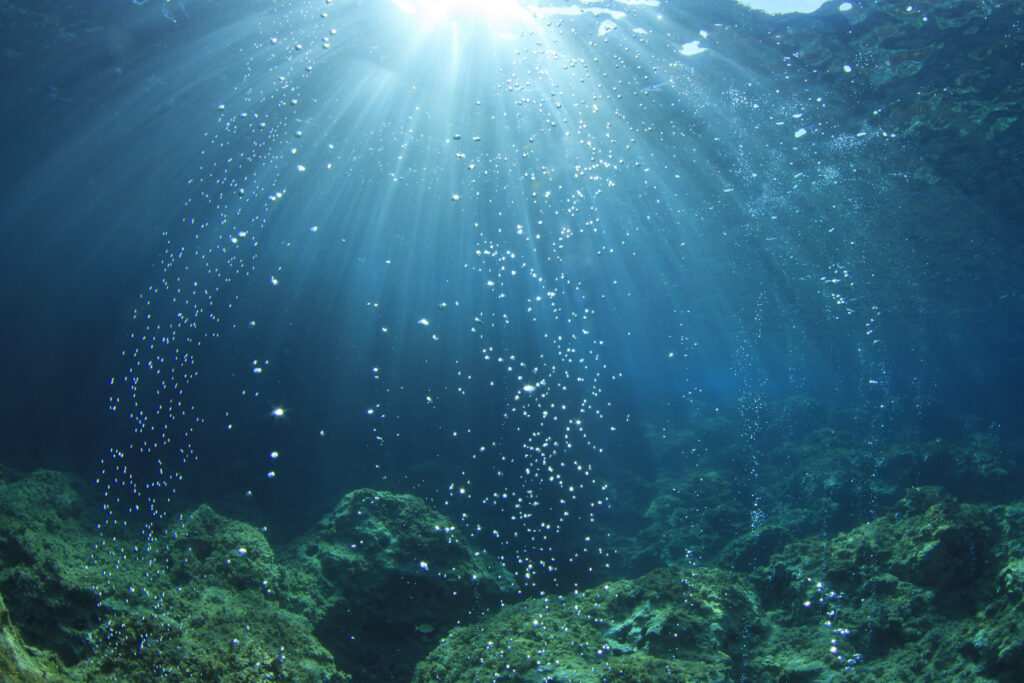
“Gaia Blu”, the oceanographic vessel of the National Research Council (CNR), left the port of Crotone at the end of March to start the “ECOREST” expedition designed to acquire new knowledge on deep-sea habitats, which are especially vulnerable, in 3 strategic areas of the Mediterranean Sea: south Tyrrhenian Sea, northern Ionian Sea and south Adriatic Sea. Several CNR institutes (Ismar, Isp and Irbim) are involved in the study, as well as the “Aldo Moro” University of Bari, the Irish university of Galway and other national and international research institutes, including the “Anton Dohrn” Zoological Station and the French Institute for Ocean Science (IFREMER).
The first part of the expedition was carried out from 29 March to 11 April and focused on the site off the coast of Santa Maria di Leuca (Lecce) and on the Bari Canyon, where deep corals are found, as well as on the site off the coast of Monopoli, which hosts a deep oyster reef. The second journey will take the expedition towards the Gulf of Naples (4-15 May) and will focus on the study of deep corals in the Dohrn Canyon and of an undersea forest populated with black corals. Then, “Gaia Blu” will reach the port of Naples in mid-May.
These habitats will be innovatively documented by means of an underwater robot (Remotely Operated Vehicle – ROV) equipped with high-resolution cameras and mechanical arms, which will provide a thorough characterization of the deep habitats and species living there. Moreover, for the first time in Europe, an active restoration strategy will be implemented for these habitats by removing anthropogenic litter found and deploying “ecoreefs”, i.e. 3D-printed artificial reef structures, to promote the settlement of juvenile corals the habitats of which are damaged. In particular, these will be equipped with cameras that will constitute a new deep-sea observatory system that will be included in the EMSO (European Multidisciplinary Seafloor and water column Observatory), joined by CNR, consisting of a network of undersea observatories located in the different European sites for deep marine ecosystem monitoring.
The expedition contributes to reach tightly interconnected objectives of national and international research projects and activities focused on investigation and monitoring of marine biodiversity, and deep-sea habitat restoration, including the “Life Dream” (Deep REef restoration And litter removal in the Mediterranean sea) European project, the activities of Spoke 1 and 2 of the National Biodiversity Future Centre (NBFC), one of the five national sites for frontier research set up under the National Recovery and Resilience Plan (NRRP) and coordinated by the CNR, and the “Glide” (Global change Impact on Deep Sea Ecosystems) PRIN project.
“Furthermore, the campaign will allow us to test the new technological equipment installed on board the CNR “Gaia Blu” oceanographic vessel to conduct multidisciplinary scientific research, while some activities will continue the actions undertaken during the previous PIONEER campaign by exploring the seabed off the coast of Crotone,” said Paolo Montagna (CNR-ISP), coordinator of the second part of the expedition.

